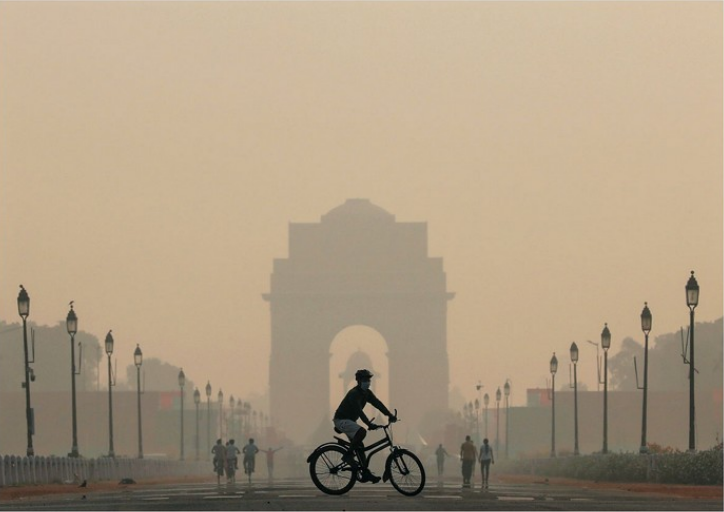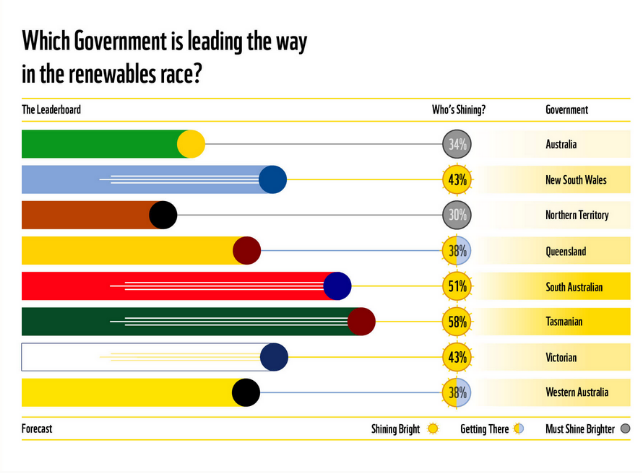As a result of the Industrial Revolution, it has become evident the continued use of outdated energy generation processes have led to the unprecedented warming of the global average surface temperature, with the past 40 years recording more than twice the level as seen in previous decades. This warming is driving regional and seasonal temperature extremes, reducing snow cover and sea ice, intensifying heavy rainfall, and changing habitat ranges for plants and animals—expanding some and shrinking others. As technology becomes more capable, affordable, accessible, and clean fossil fuels, notably coal, are now considered the most expensive, unreliable and polluting way to source power. When the 2020 Covid-19 Pandemic struck high polluting companies were forced to massively reduce production or temporarily cease production altogether this global mass closure in the industry saw a 7% drop in emissions, you would need to look back to 1945 to see a reduction larger than this, and major cities began to see the disappearance of air pollution. Moving forward climate scientists estimate we have till 2030 to turn things around before irrevocable damage is done thus, nearly 700 companies have announced net zero emissions goals, alongside hundreds of governments: Apple 2030, Amazon 2040, U.S. 2050, Australia 2050, and China 2060.


New Delhi’s India Gate was obscured by haze on Oct. 17, 2019, but during the country’s COVID-19 lockdowns, the air was cleaner, and the view was clearer, as in this photo taken from the same spot on April 8, 2020.
So far Australia has been outpacing the emission reductions of the United States, Canada and New Zealand, and every other major commodity-exporting nation in the world with a 20.8% reduction between 2005 and 2021, with most the most recent forecast showing Australia will cut emissions by up to 35% by 2030. In August of 2021 a milestone in Australia’s renewable energy ensued with more than half the electricity generated entirely from solar power. For the first time in two decades, renewable energy won the battle against fossil fuels. Greenpeace Australia Pacific chief executive David Ritter stated, “With a planned transition, we can comfortably shut all coal-burning power stations by 2030”.

To do our part not only for the future of the Cold Storage, Logistics and Warehousing Industry in Australia but also for the globe, APF continues to minimise its environmental impact by prioritising the use of environmentally friendly fuels and resources such as solar and rain harvesting. APF made the shift from a paper-based system to digital numerous years ago utilising Australian logistics software company Carton Cloud to minimise the impact on deforestation, if paper must be used we choose recyclable every time. At APF we know the future we want to live in and we model our processes to reflect this because in the end “You must be the change you want to see in the world.”
